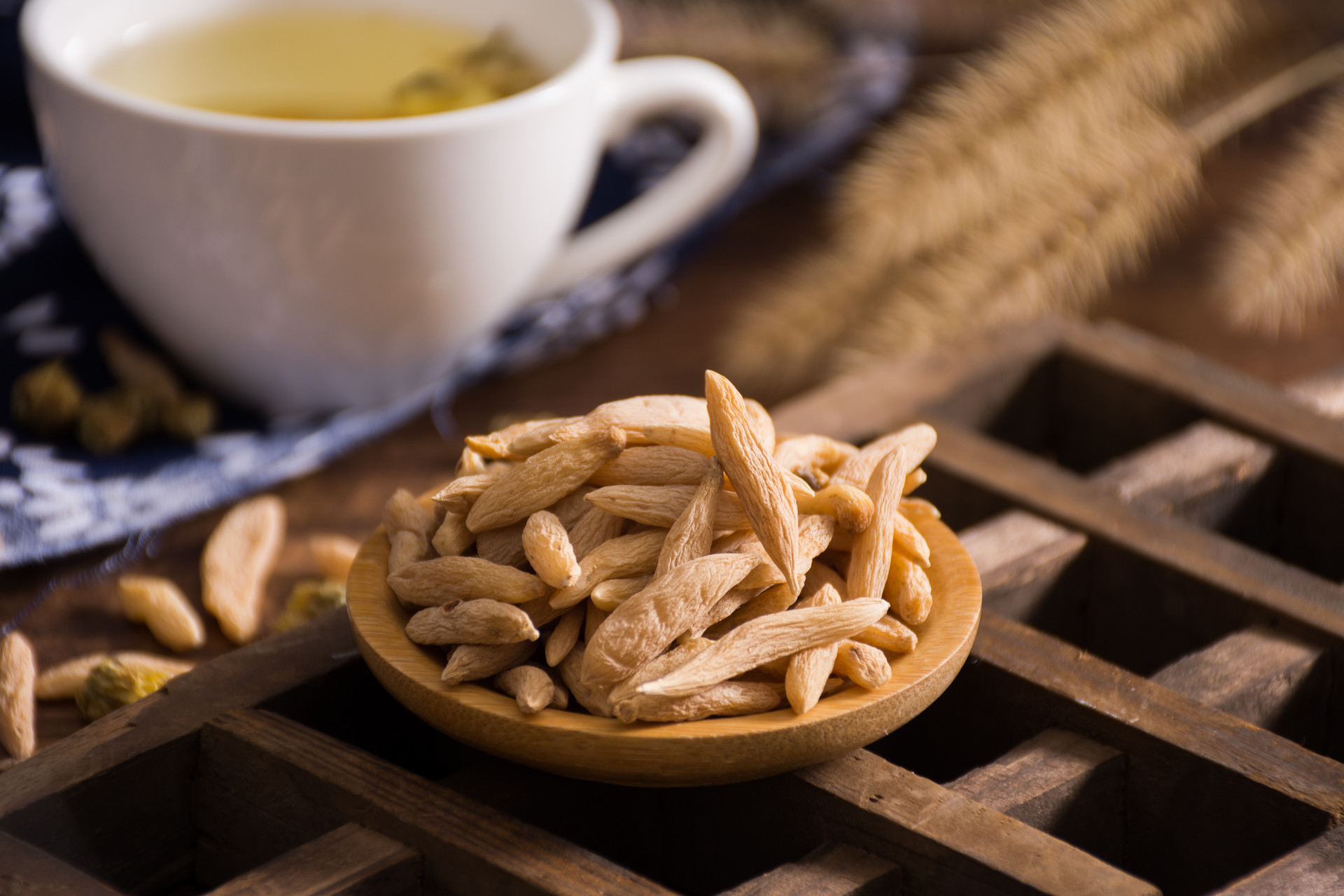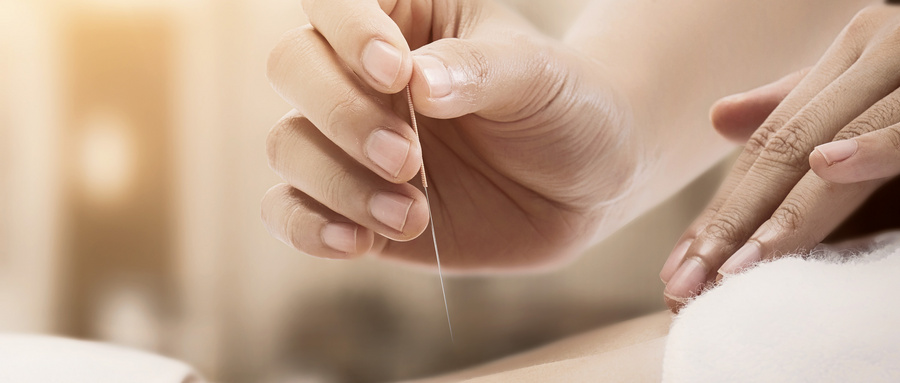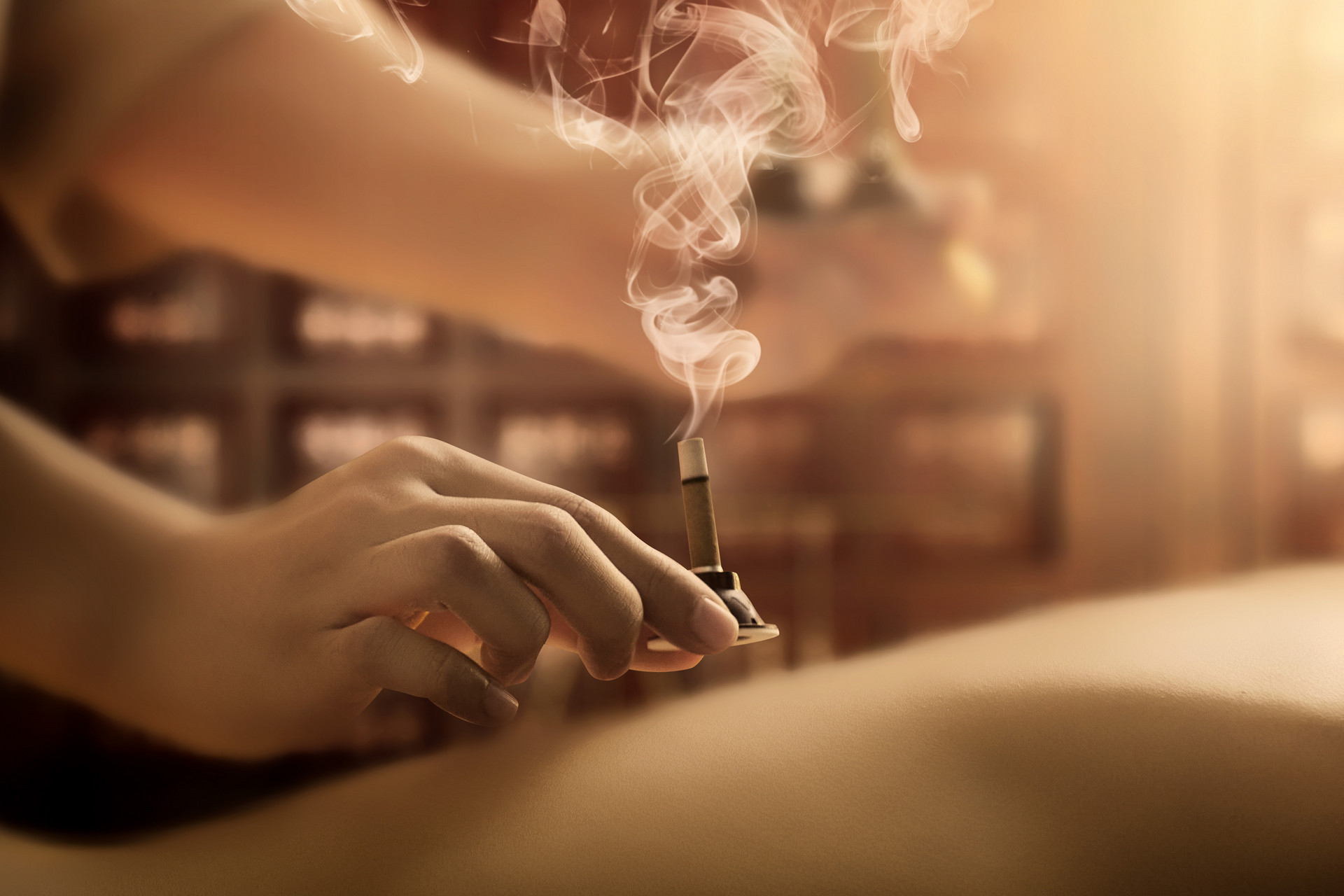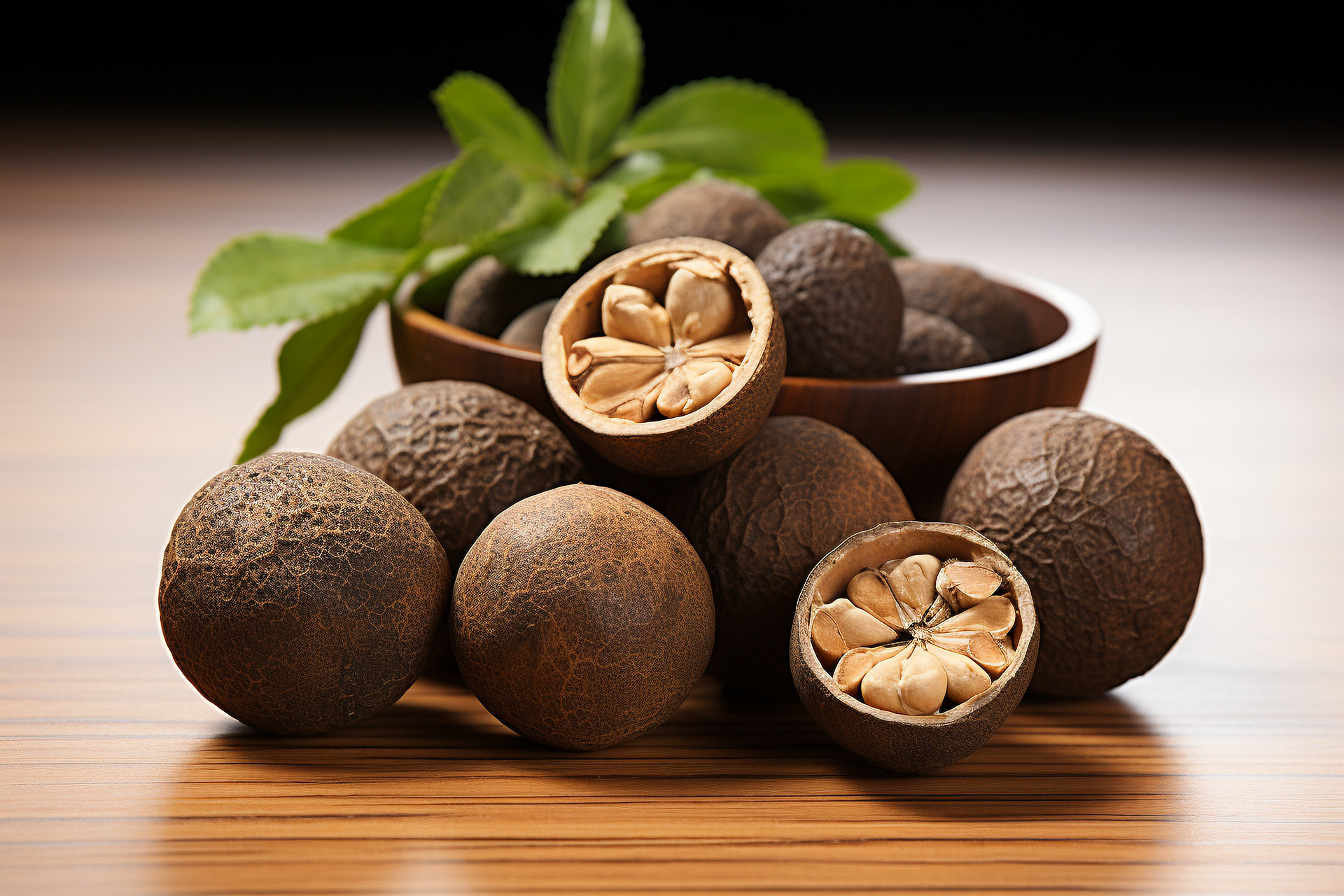【Introduction to Medicinal Materials】:
Ba Da Hai is the dried mature seed of the plant Ba Da Hai in the Malvaceae family. Its counterfeit is often the mature seed of the plant Yuan Li Ping Po in the Malvaceae family.
【Appearance Identification】:
Genuine seeds are silent when shaken by hand, while counterfeit seeds make noise. Genuine seeds are oval or angular in shape, slightly pointed at both ends, resembling olives. The surface is slightly shiny with irregular dry wrinkles. When soaked in water, they quickly expand to 6-8 times their original volume. On the other hand, the seeds of Yuan Li Ping Po are round in shape, with a glossy surface and denser wrinkles. They expand more slowly in water, to 3-4 times their original volume. The main difference lies in the volume of expansion.
【Microscopic Identification】:
(1) Take several seeds of the product and place them in a beaker, add boiling water in an appropriate amount, and let it sit for a few minutes until they absorb water and expand into brownish translucent sponge-like material.
(2) Take 0.2g of the powder of the product, add 10ml of water, heat in a water bath for 30 minutes, and filter. Take 4ml of the filtrate, add 3ml of sodium hydroxide solution, and 5ml of alkaline copper tartrate solution, heat in a water bath, and a red precipitate will form (checking for sugars).
(3) Thin-layer chromatography:
① Take 5g of the seed coat of Ba Da Hai, add 100ml of water, boil for 15 minutes, filter out the swollen Bas-sorin, transfer it to a 200ml round-bottom flask, add 5% sulfuric acid, reflux in a boiling water bath for 1 hour, filter, and concentrate the filtrate to about 5ml after neutralization with 10% sodium hydroxide, add 20ml of ethanol, mix well, filter, and use as a test solution. Use lactose and arabinose as control substances. Spot the samples and the control substances on a silica gel G-4% sodium borate thin-layer plate, develop with n-butanol-acetone-water (4:5:1) for 18cm, spray with a mixture of aniline, diphenylamine, and phosphoric acid (4:4:20), bake at 80°C for 10 minutes. The chromatogram of the test substance shows the same spots as the chromatogram of the control substances at the corresponding positions.
② Take 100g of the sample powder, place it in a Soxhlet extractor, extract the total oil with petroleum ether, take 2g of the oil, add 80ml of 0.5mol/L potassium hydroxide ethanol solution, saponify to obtain the total fatty acids. Methylate with a 2% concentrated sulfuric acid-methanol solution (1:5) refluxed for 2 hours, to obtain the total fatty acid methyl esters, use as the test substance. Use oleic acid methyl ester, linoleic acid methyl ester, linolenic acid methyl ester, and palmitic acid methyl ester as control substances. Spot the samples and the control substances on a silica gel G-10% AgNO3 (3:10) thin-layer plate, develop with benzene for 18cm, spray with a 0.2% solution of 2',7'-dichlorofluorescein in ethanol, and place under a UV lamp (254nm). The chromatogram of the test substance shows the same yellow spots as the chromatogram of the control substances at the corresponding positions.
- Home /
- Chinese Medicinal Materials /
- Identify /
- Contents
Distinguishing Genuine and Counterfeit Ba Da Hai Seeds: A Microscopic Approach
Everyone Is Watching
-
 The Efficacy and Effects of Honeysuckle in Traditional Chinese Medicine
The Efficacy and Effects of Honeysuckle in Traditional Chinese MedicineHoneysuckle, also known as Lonicera, is a common and valuable plant in traditional Chinese medicine. Since ancient times, honeysuckle has been widely used in the field of traditional Chinese medicin
April 9, 2024 -
 The Benefits and Effects of Ginseng: Exploring the Miraculous Medicinal Treasure
The Benefits and Effects of Ginseng: Exploring the Miraculous Medicinal TreasureGinseng, a widely recognized precious medicinal herb around the world, has been hailed as the "King of Herbs" since ancient times. In Asian regions such as China, Korea, Japan, and Russia, ginseng i
March 26, 2024 -
 Comparing Turmeric, Curcuma, and Zedoary: Promoting Blood Circulation and Regulating Qi
Comparing Turmeric, Curcuma, and Zedoary: Promoting Blood Circulation and Regulating QiTurmeric, Curcuma, and Zedoary are three herbs that all have the ability to promote blood circulation and regulate qi. They are commonly used together in clinical practice, but they do have some sligh
February 22, 2024 -
 Coptis: A Closer Look at its Morphological Characteristics
Coptis: A Closer Look at its Morphological CharacteristicsThe morphological characteristics of Coptis: rhizome, yellow, often branched, densely covered with numerous fibrous roots. Leaves with long petioles; leaf blades slightly leathery, ovate-triangular,
December 22, 2023 -
 Qianghuo: A Powerful Herb for Joint Health and Pain Relief
Qianghuo: A Powerful Herb for Joint Health and Pain ReliefQianghuo is the root of the umbelliferous plant Qianghuo. It has a warm nature, a bitter taste, and enters the bladder and kidney meridians. It has the effects of dispelling exterior cold, expell
December 13, 2023

Hot Picks
-
 1Distinguishing Similar Plant Species: A Comparative Study
1Distinguishing Similar Plant Species: A Comparative StudyRose and Rose The former has a round ball shape, pink or purple color, and elongated sepals. The latter has a slightly spherical shape, mostly purple color, and spherical sepals. North American
February 27, 2024 -
 2Bitter Sophora Root: Identification and Adulterant Testing
2Bitter Sophora Root: Identification and Adulterant TestingBitter Sophora Root, which is long cylindrical in shape, often branches at the lower part, measuring 10-30cm in length and 10-30cm in diameter. The surface is grayish-brown or yellowish-brown, with lo
January 31, 2024 -
 3Hawthorn: A Traditional Chinese Medicine for Digestion and Stasis
3Hawthorn: A Traditional Chinese Medicine for Digestion and StasisHawthorn is a commonly used traditional Chinese medicine. It was first recorded in the Tang Dynasty's "Newly Revised Materia Medica". It has the functions of promoting digestion, resolving food stag
January 28, 2024 -
 4Identifying Genuine Snow Lotus Flower: Characteristics and Differences
4Identifying Genuine Snow Lotus Flower: Characteristics and DifferencesSnow lotus, also known as snow lotus flower, big toe flower, big wood flower, is a flowering herb of the Asteraceae family, including species such as Saussurea laniceps, Saussurea macrophylla, and Sau
December 1, 2023 -
 5Identifying Adulterated Longan Meat: Appearance, Smell, Touch, and Taste
5Identifying Adulterated Longan Meat: Appearance, Smell, Touch, and TasteLongan meat, also known as dried longan, yizhi, or mipi, is the false seed coat of the longan plant, a member of the Sapindaceae family. It has a warm nature and a sweet taste, and enters the heart an
November 28, 2023

